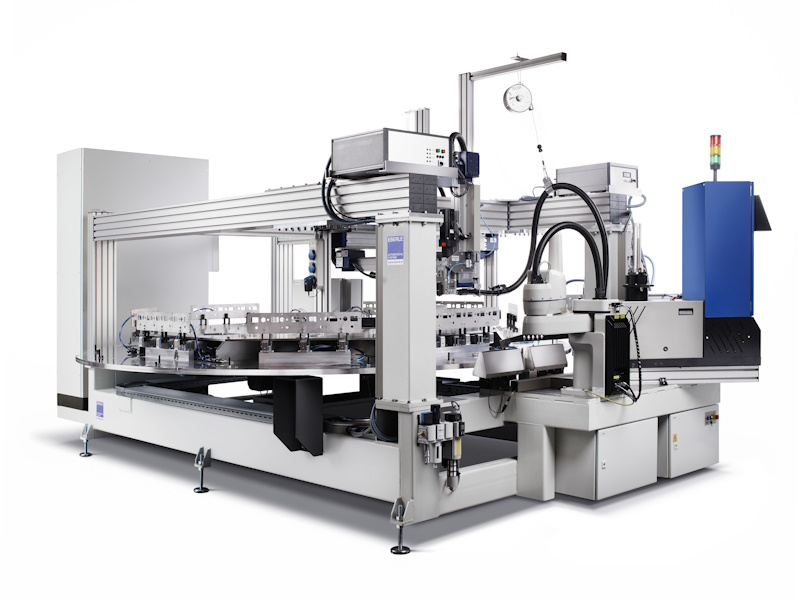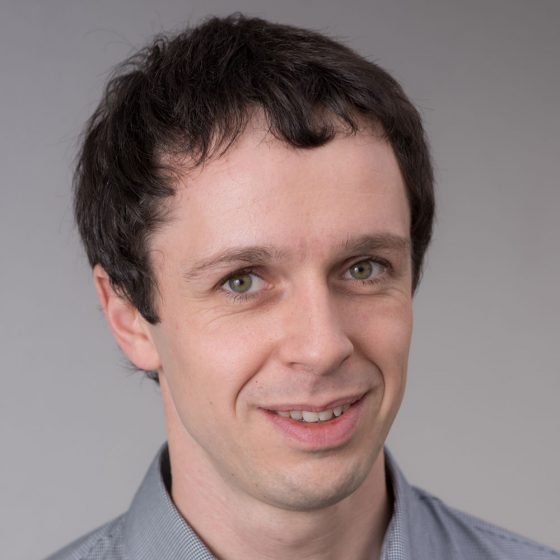In modern special-purpose machine construction, experience and gut feeling alone no longer determine the success of a project. In view of increasing complexity in the age of Industry 4.0, risk reduction has become the top priority. Every plant is unique, every process a new challenge. So how can you achieve absolute certainty before even the first component is manufactured? The answer lies in the digital twin. The simulation software twin from digifai shows what a comprehensive feasibility study looks like today: digital, precise and risk-free.
One company that is already embracing this new reality is Vorarlberg-based automation expert Eberle Automatische Systeme GmbH & Co KG. In the demanding field of special-purpose machine construction, Eberle relies on simulation with twin to ensure maximum planning reliability from the initial idea to final commissioning – for itself and its customers.

Eberle Automatische Systeme GmbH & Co KG designs, plans and builds turnkey special-purpose machines that cannot be bought off the shelf.
Safety right from the start: redefining the feasibility study
The first step towards a successful installation is a comprehensive concept. Together with the customer, crucial questions are clarified using a virtual model during the sales phase: Which robots are best suited? How should the conveyor lines be designed? What cycle times are realistic?
This approach replaces vague assumptions with validated data. Martin Moosmann, CEO at Eberle, sums it up:
“Many are proud of their experience, but that is no longer enough. We need the certainty of simulated data. This data can be tested and eliminates the risks from the project. In special machine construction, every machine is different – there are hardly any real comparative values.”
Martin Moosmann – CEO, Eberle Automatische Systeme GmbH & Co KG
twin creates a precise digital twin of the plant at an early stage. The customer sees not only a 3D model, but also a functional simulation in their future production environment. Does the plant fit into the hall? Does the infrastructure need to be adapted? These questions are clarified long before expensive mistakes can occur in the real world.
Virtual commissioning: testing without risk, in parallel with development
The decisive paradigm shift takes place during the development phase. Instead of testing a control program on the finished machine at the customer’s premises under time pressure, twin shifts this process entirely to the virtual world.
- Collision and cycle time analysis: Engineers develop and test PLC programs directly on the digital twin. Potential collisions between components and workpieces are detected at an early stage, as are bottlenecks in the cycle time. The plant concept is thus perfected step by step.
- Real control feedback: The virtual machine is connected to the real controls (PLC). Thanks to identical actuators and sensors in the model, the control system does not notice any difference from reality. Every sensor, every drive, every emergency stop switch can be tested in every conceivable scenario. Missing sensors or logic errors are immediately noticeable.
- Decoupling of software and hardware: While the actual machine is being built, software development and testing run in parallel at full speed. This streamlines the entire development cycle and ensures significantly more robust software upon delivery.
The result: commissioning on site is drastically reduced. Instead of weeks of troubleshooting and optimization, it’s now just a matter of fine-tuning. “The time spent on commissioning at the customer’s site is shifting to engineering, which brings enormous cost savings”, confirms Moosmann.
More than just commissioning: a partner for the entire life cycle
The power of twin does not end with delivery. The digital twin remains on the customer’s machine as an intelligent 3D HMI and becomes a valuable investment in the future.
- Efficient operator training: Future operators can be trained on the animated model long before the machine exists. Ergonomic or logical problems in handling are thus identified and rectified at an early stage.
- Optimized maintenance and troubleshooting: Visualization enables precise remote maintenance. Instead of describing errors over the phone, both sides see the same image, which greatly speeds up problem solving.
- Future-proof retrofitting: Does the plant need to be converted for new products or technologies? Changes are simulated and validated on the digital twin without any risk. Only when everything is working perfectly is the real machine converted. This minimizes downtime and ensures the flexibility that is crucial for Industry 4.0.
Conclusion: Confidence through digital foresight
Simulation with a digital twin is no longer an option, but a decisive competitive advantage. Software such as twin from digifai transforms uncertainties into validated facts, risks into manageable processes, and cost traps into efficiency gains. From the initial feasibility study to commissioning and retrofitting after years of operation, you gain the confidence to bring even the most complex automation projects to a successful conclusion.
// Contact
Curious?
Do you have a concrete project in mind or would you like advice on whether you can benefit from digifai? I look forward to your message.

Michael Eberle
Chief Technology Officer
+43 5572 55580 803
michael.eberle@digifai.com
 English
English Deutsch
Deutsch